A film commissioned by British Journal of Photography takes a look behind the scenes of its Meet California commission
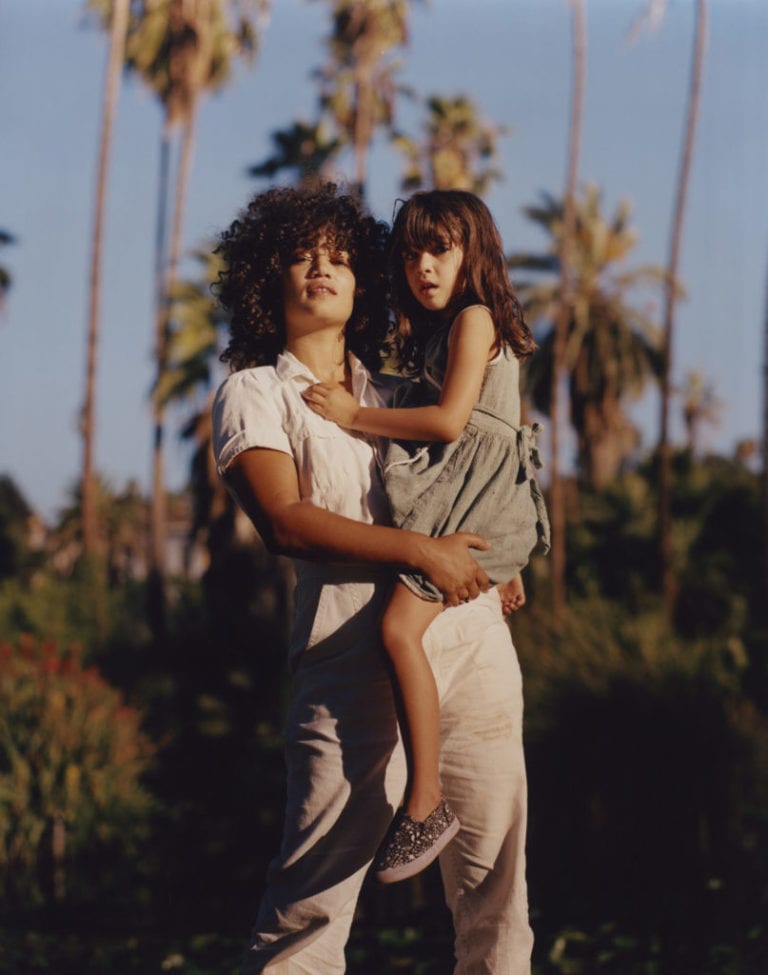

A film commissioned by British Journal of Photography takes a look behind the scenes of its Meet California commission
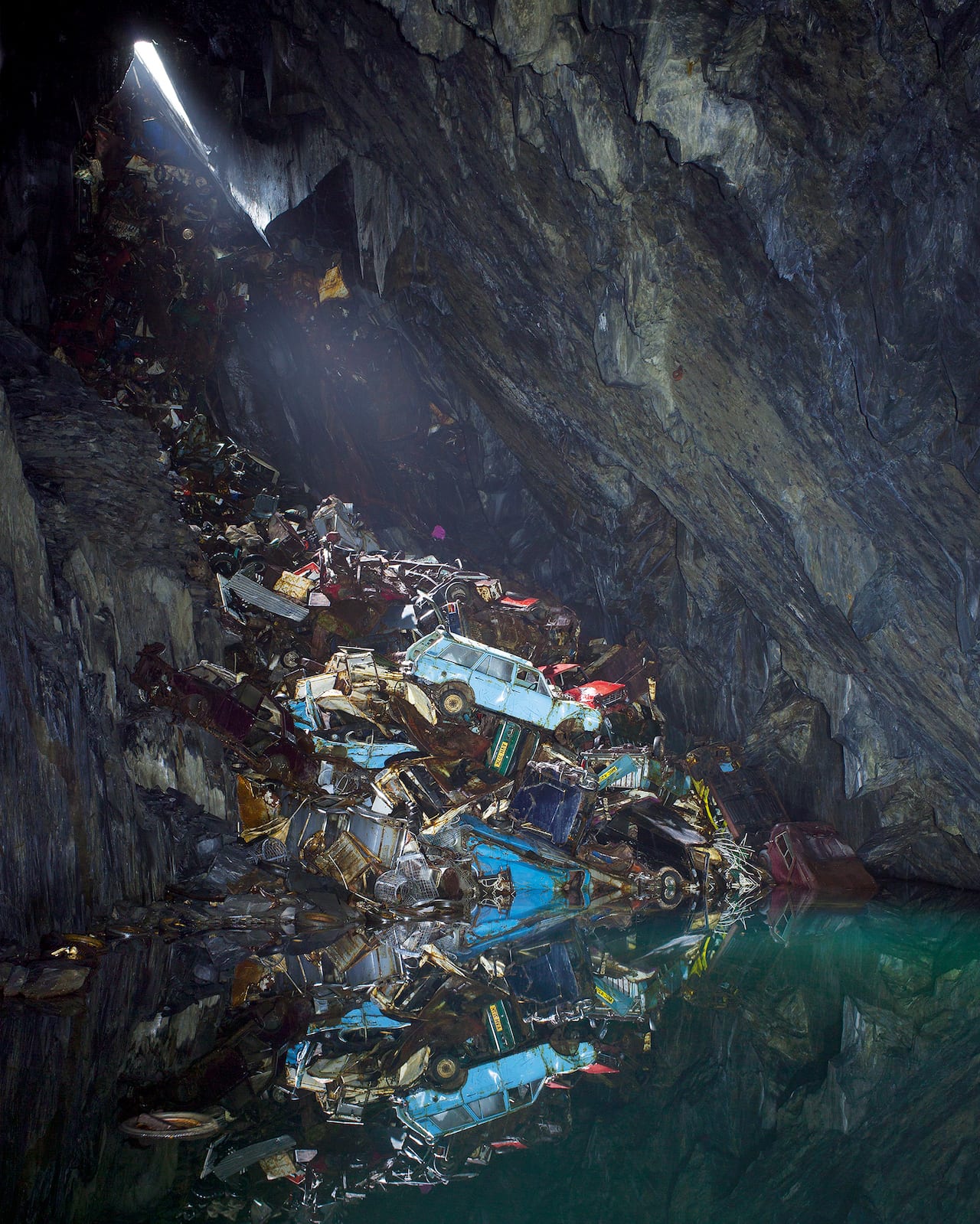
“I see the bastard countryside everywhere I go,” says Robin Friend, pointing out of the window of his studio in East London, where an ivy plant has climbed up a nearby wall and is wrapping its vines around a rusting CCTV camera. “I ran with this idea of city and countryside splattering into each other, creating this hybrid nature,” explains Friend, who has been producing photographs for his book, unknowingly at first, for 15 years since he started started his BA in Brighton, where he studied under Jem Southam.
“Bastard countryside” is a phrase coined by Victor Hugo in his novel Les Miserables, in which he describes the city of Paris as an “amphibian”, stretching out into the countryside and devouring everything in its path. It is a zone in which the urban and rural mix, the manmade and the natural, clashing and colliding to create a strange form of beauty and ugliness.

Although it is Spanish photographer Sole Satana’s latest body of work, From a Bad Place was conceived several years ago, during a difficult time when she was struggling with anxiety and depression.
Closely related to her personal life, Satana’s photography tells a very subjective story about her take on everyday life. Her images will be on show at the Centro Parraga in Murcia, Spain, as part of a collaborative project between the gallery and collective UnderPhoto. Now in its second edition, the project aims to bring together emerging creators who offer a “deeply personal representation of reality”.
From a Bad Place will be exhibited alongside photography from Satana’s partner in life and work JD Valiente, a BJP One to Watch this year. The couple met when they were teenagers and have been together for 14 years. They often now collaborate on joint projects, such as the story Dead Meat, but this show, titled Parentésis, is made up of two solo series.

Multiple jigsaws, almost completed, are laid out in the living room. On the sideboard, porcelain creatures jostle for space with family photos – a marriage scene, a smiling elderly couple, kids in the park. Dolls are piled high on a chair in the corner, arranged in a chaotic arc. White masks, like those from the Venice Carnival, are positioned across one wall. The wallpaper is a scene from a seaside town – spinning Ferris wheels, winding rollercoasters, fairground murals – yet the paper itself is pockmarked with holes and stains.
Richard Billingham, who grew up in this environment, describes the room as “carnivalesque”. When he lived here, in Cradley Heath in the West Midlands, he did so with his mother Liz and, after she moved out, his father Ray. This jam of decorative stuff was all Liz. She had winding, flowering roots and flowers tattooed across her arms. She wore floral dresses and she smoked until the ashtrays overflowed.
When Billingham was 10 years old, Ray was laid off from a job as a machinist. The family sold their home for two grand – a cash-in- hand job to a local conman – and moved here, to what was quaintly referred to as public housing. Ray, who until this point only drank in the pub, began his life as a committed alcoholic and a full-time hermit.
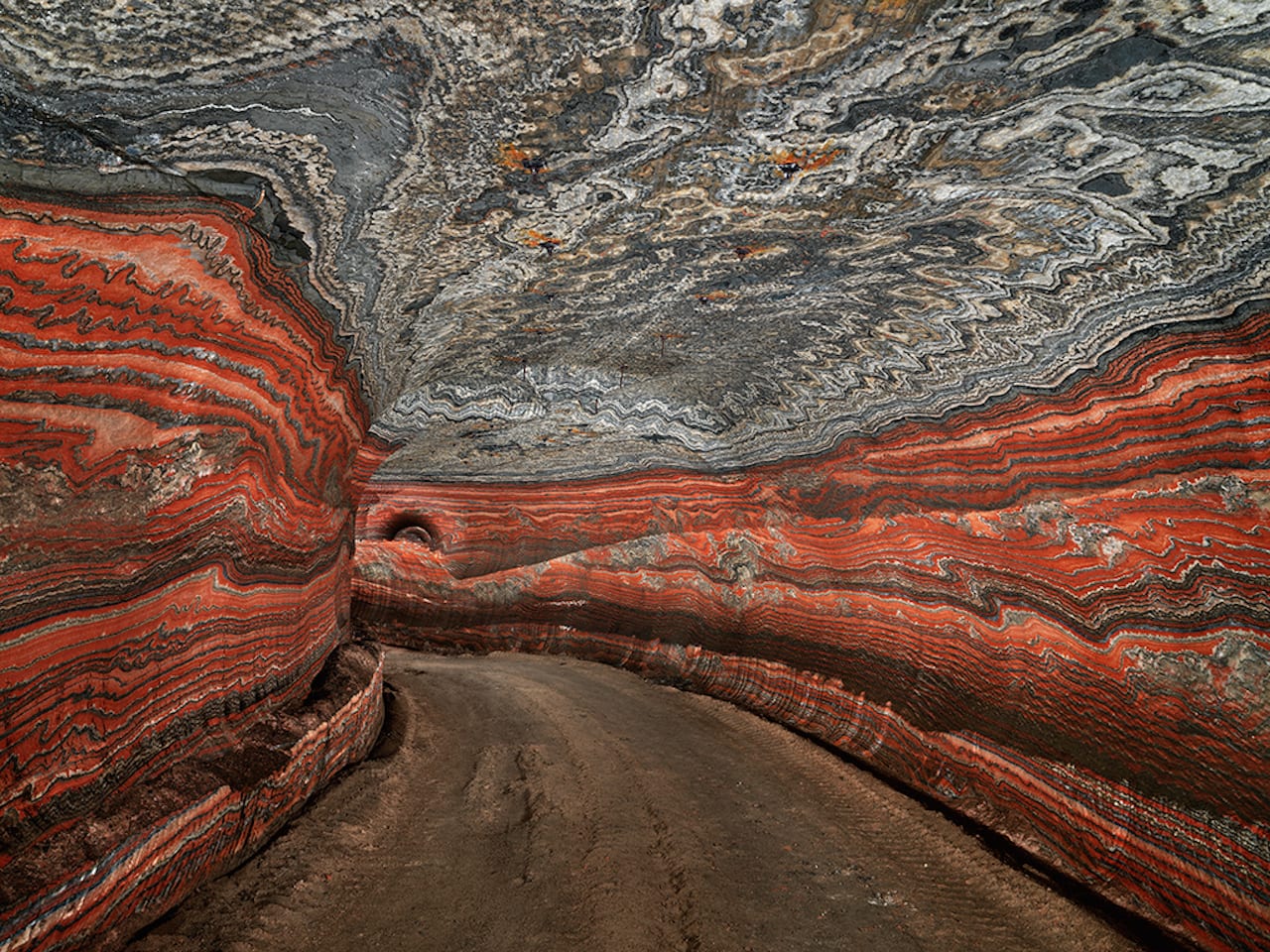
“Most people would walk by a dump pile and assume that there’s no picture there,” says global industrial landscape photographer Edward Burtynsky. “But there’s always a picture, you just have to go in there and find it.” Born in Canada in 1955, Burtynsky has been investigating human-altered landscapes in his artistic practice for over 35 years, capturing the sweeping views of nature altered by industry; from stone, to minerals, oil, transportation, and silicon. “Of course, it’s important to me to make sure that my pictures are attractive to the eye,” he says. “But beneath the surface there’s always a bigger, deeper environmental issue.”
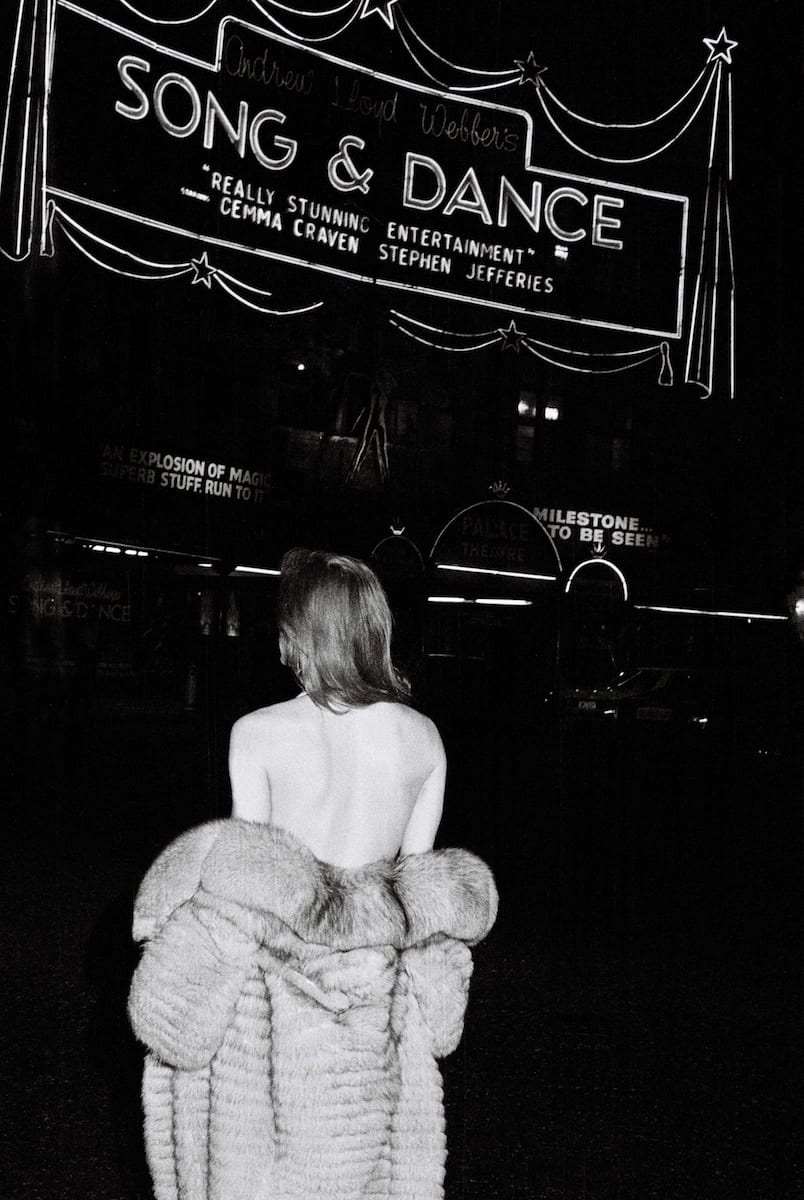
Journey through the capital after dark in a new FullBleed film exploring the Museum of London’s major photography exhibition
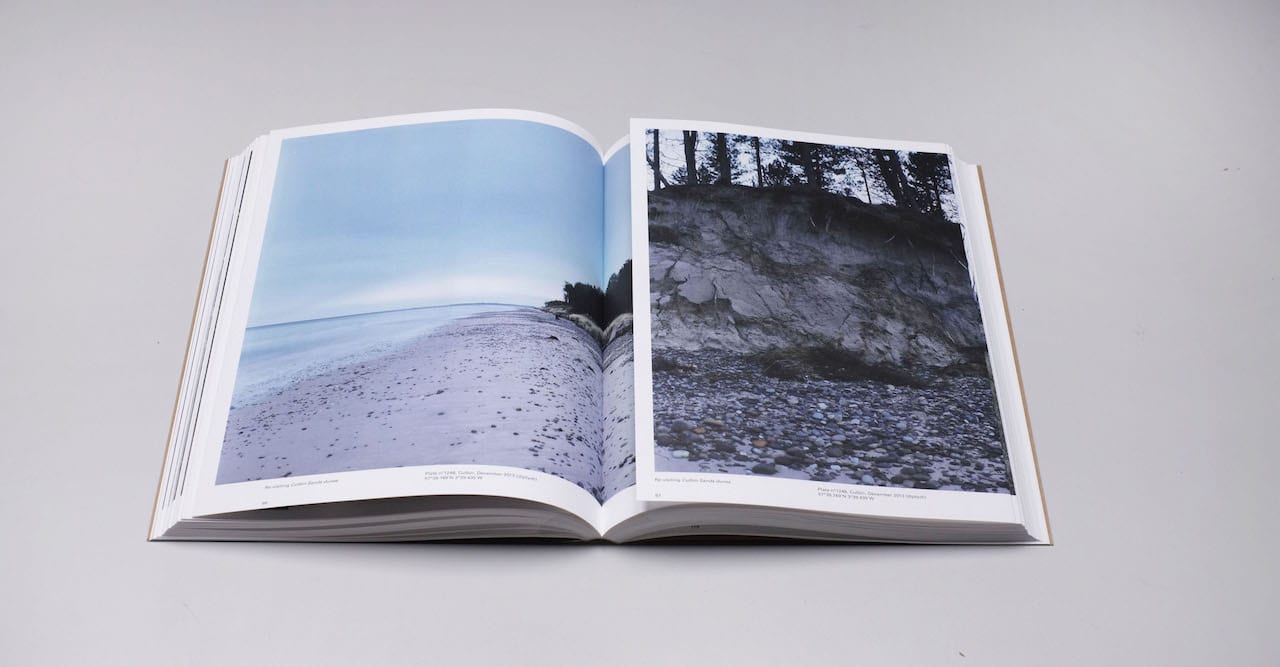
Chrystel Lebas has won the Kraszna-Krausz Foundation Photography Book Award, beating off the two other shortlisted photographers – Stephen Gill and Dayanita Singh. Lebas won the prize for Field Studies: Walking through Landscapes and Archives, which she published with Dutch outfit FW: Books. Field Studies is framed by the work of 20th century botanist Sir Edward James Salisbury, particularly his glass plate negatives from the 1920s, retracing his steps and making new images in the same Scottish landscapes. Gill was shortlisted for Night Procession, which he self-published through his imprint Nobody Books; Singh was shortlisted for her multi-book project Museum Bhavan, which was published by Steidl.
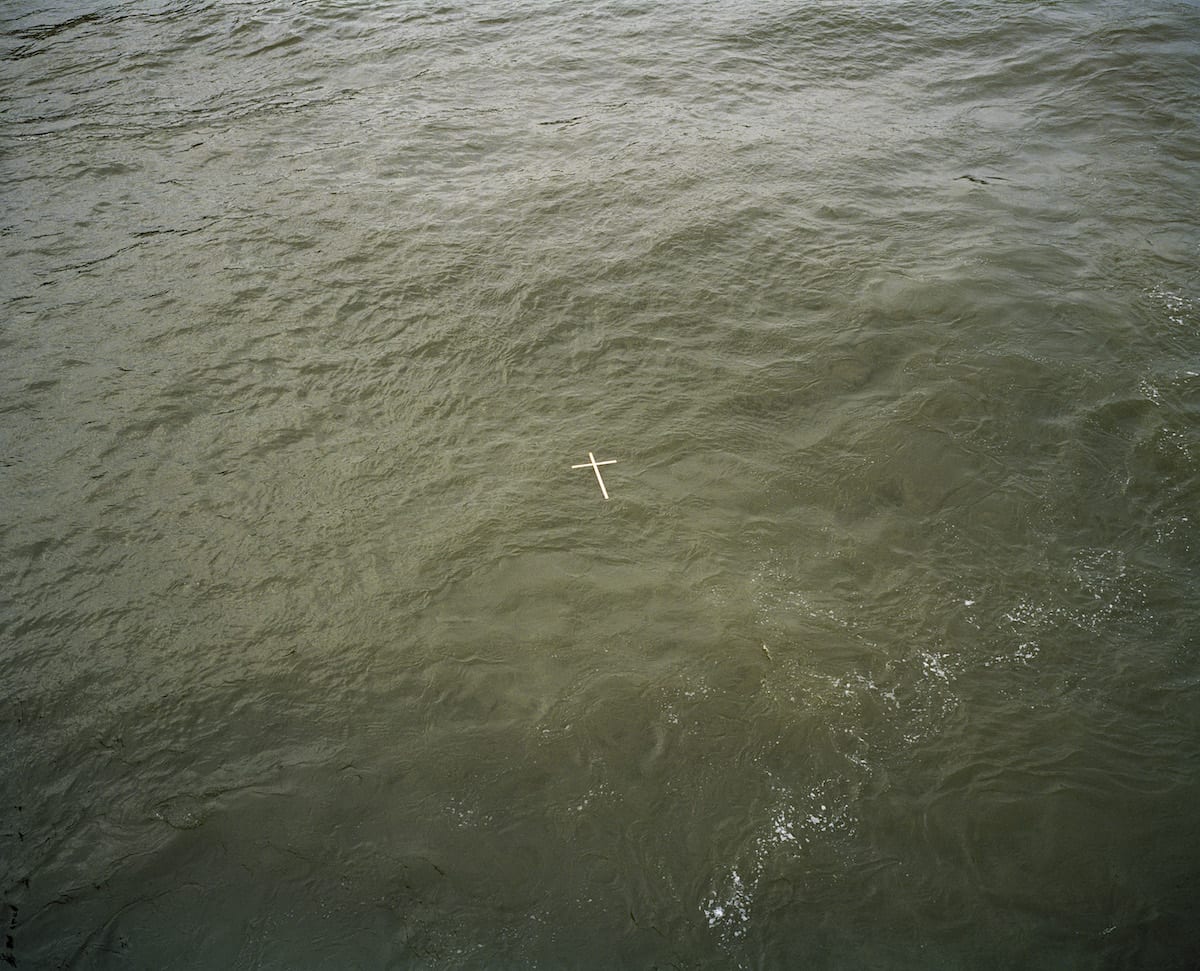
Chloe Dewe Mathews has spent half a decade documenting life along the River Thames. In a new FullBleed film, produced in association with British Journal of Photography and the Museum of London, the photographer sheds light on the project
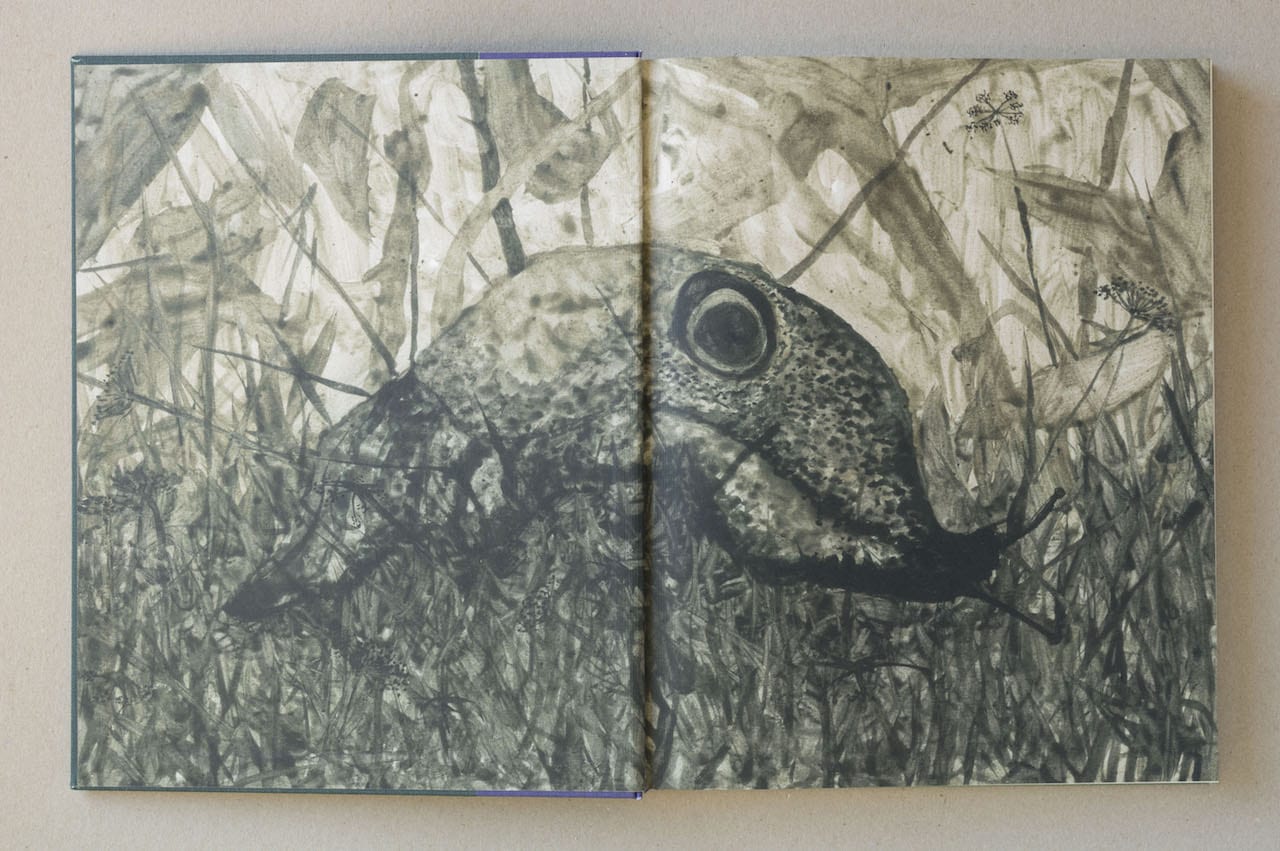
First awarded back in 1985, the Kraszna-Krausz Foundation Best Photography Book prize is one of…